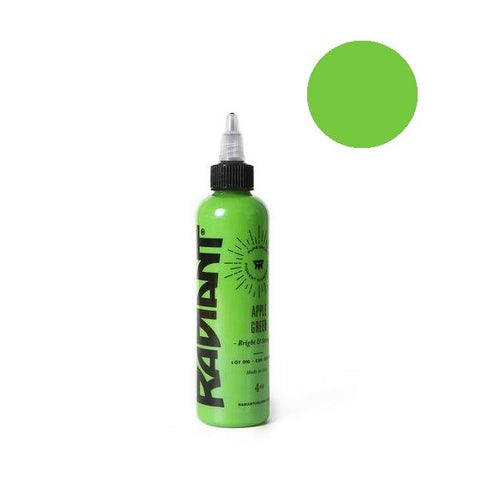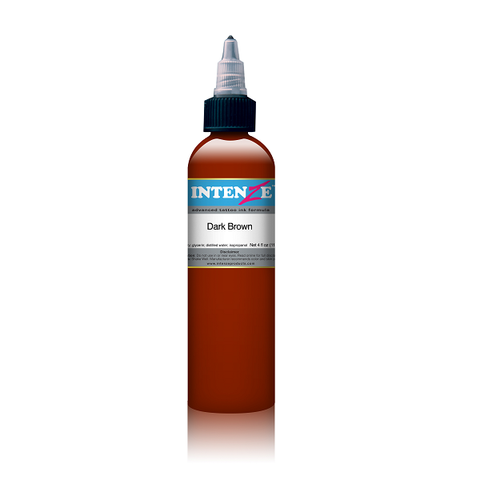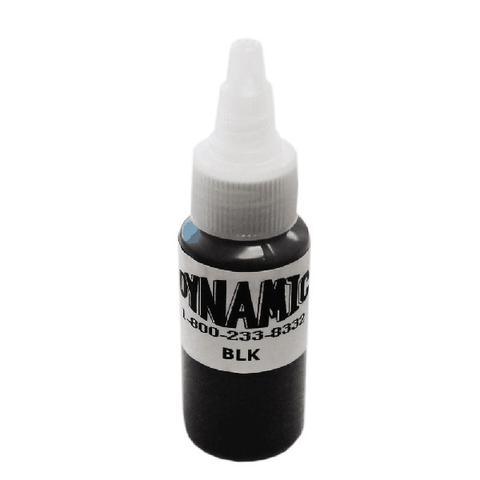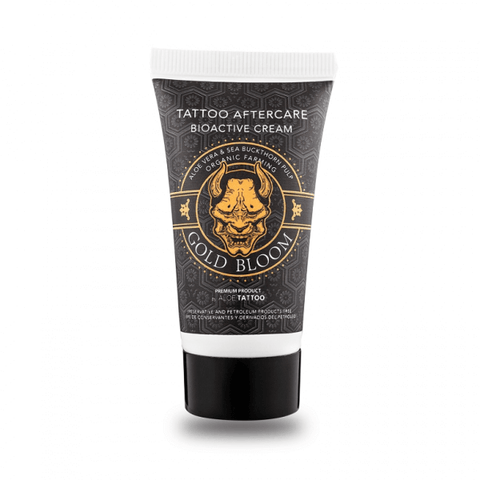The art of tattoo cover-up: Transforming unwanted tattoos into masterpieces
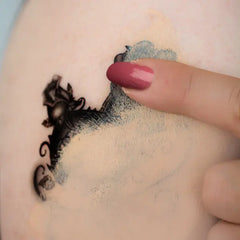
The realm of tattoo artistry has witnessed a remarkable evolution, with one of its most intriguing aspects being the transformation of regrettable or outdated tattoos into stunning new artworks. This phenomenon, known as tattoo cover-up, is not just about hiding an unwanted design; it's about reimagining and repurposing the skin as a canvas for new, meaningful art.
This article delves into the creative and technical complexities of this process, highlighting how skilled tattoo artists turn past mistakes into masterpieces.
Why choose a cover-up tattoo? Is it good to cover tattoos?
Choosing a cover-up tattoo is often a personal decision driven by a desire to transform an existing tattoo that no longer resonates with the individual's current identity, taste, or life situation. People opt for cover-ups to update artwork that has become aesthetically outdated, to erase memories associated with past experiences or relationships, or to rectify tattoos that were poorly executed or have faded over time. Cover-ups also provide a creative solution to change a tattoo without undergoing laser removal, which can be more expensive and painful.
For many, covering an old tattoo is not just about the physical alteration of the design but also a symbolic act of moving past a former phase of life, marking a new beginning, or reclaiming control over one's appearance.

Best cover-up tattoo ideas
The possibilities for cover-up tattoos are vast. Popular ideas include:
- Floral designs: Flowers can effectively cover up previous tattoos with their varied shapes and sizes. Popular choices include roses, lotuses, and peonies, which can be scaled and shaded to hide the old design.
- Animal motifs: Animals like lions, wolves, or eagles are not only majestic but also versatile in size and detail, making them great for covering larger or more intricate old tattoos.
- Geometric patterns: Geometric shapes and mandalas are excellent for cover-ups. Their precise lines and forms can camouflage the old tattoo while creating a visually striking new one.
- Abstract art: Abstract designs, with their flexible shapes and colours, can easily work around and incorporate elements of the previous tattoo.
- Cultural or mythological symbols: Elements like Celtic knots, tribal patterns, or mythological creatures can radically transform your old tattoo.
- Portraits and realistic images: If the existing tattoo is large enough, converting it into a portrait or a realistic scene can be a great option.
- Skyline or landscape: Natural scenes like mountains, forests, or city skylines can be designed to cover up and work with the contours of your existing tattoo.
- Space and celestial bodies: Imagery like stars, galaxies, planets, or the moon can be an appealing way to cover up an old tattoo, especially with their dark colours and the ability to blend.
- Text and quotes: Sometimes, transforming an old tattoo into a meaningful quote or text can be a unique approach. This works best if the original tattoo is relatively small or simple.
- Watercolour tattoos: The watercolour style, with its vibrant colours and blending techniques, can mask an old tattoo while adding a modern, artistic touch.

Common cover-up tattoo technique
Cover-up tattoos require specific techniques to effectively conceal the old tattoo while creating a new, visually appealing design. Here are some common techniques used by artists in tattoo cover-up work:
- Colour camouflage: This involves using colours that blend with or overpower the colours in the existing tattoo. Darker inks are often used to cover lighter colours. However, skilled artists can sometimes incorporate lighter colours through clever blending and shading.
- Strategic design placement: The new design is carefully planned to cover the most visible or prominent parts of the old tattoo. This might involve using elements of the new design to strategically cover the old tattoo's darkest or most detailed parts.
- Detail and texture overlap: Adding intricate details or textures can distract from the old tattoo. This can be especially effective when old lines or colours can be incorporated into new elements, like turning a straight line into a part of a feather or leaf.
- Contrast and shading: Utilizing contrast and shading to draw attention away from the old tattoo. Dark shading and strategic placement of light and dark areas can hide the underlying design.
- Ink density and layering: Applying a dense layer of ink can obscure the old tattoo. Sometimes, this might require multiple sessions to build up enough layers to cover the old design fully.
- Size and scale adjustment: Often, the cover-up tattoo will be bigger than the original to ensure all aspects of the old tattoo are completely covered.
- Incorporating negative space: Using the uninked skin (negative space) effectively can help mask the old tattoo. This can be particularly useful in designs like tribal or geometric patterns.
- Skin tone matching: In some cases, artists might use inks that match the client's skin tone to create a neutral base over the old tattoo before applying the new design.
The psychological impact of tattoo cover-up
The psychological impact of a tattoo cover-up can be quite profound and multifaceted. For many individuals, tattoos are deeply personal, often reflecting significant life events, memories, or aspects of one's identity. When a tattoo no longer resonates with a person's current life situation, identity, or aesthetic preferences, it can become a source of discomfort or regret. A cover-up tattoo, in this context, can offer a form of emotional closure and a way to move forward.
- Positive reinforcement: Covering an unwanted tattoo can increase self-esteem and confidence. It can transform a reminder of a negative experience or a poorly made decision into artwork that aligns better with one's current identity or aesthetic preferences.
- Emotional healing: For tattoos associated with past traumas, negative relationships, or difficult life stages, a tattoo cover-up can contribute to emotional healing. It can feel like a symbolic act of reclaiming control and turning a new page.
- Creative expression: Getting a new tattoo that one genuinely loves can be an empowering form of self-expression. It allows the individual to display an aspect of their personality or values they are proud of.
- Regret and grief: In some cases, especially when covering up a tattoo that had sentimental value (like a tribute to a loved one), the process might bring mixed emotions. While new art is exciting, there can also be feelings of loss or grief.
- Anxiety and stress relief: The process of planning and getting a new tattoo can be therapeutic. It can shift focus from the stress of the unwanted tattoo to the excitement of creating something new.
- Social perception: A cover-up tattoo can also affect how others perceive the individual. If the original tattoo had negative connotations or elicited undesired attention, changing it can impact social interactions and how others perceive it.

How long should you wait before covering up a tattoo?
Waiting to cover up a tattoo is crucial for proper healing and optimal results. It's generally advised to wait at least 2 to 3 months after getting the original tattoo. This timeframe allows the skin to fully heal, as a tattoo is a form of skin trauma, and the layers of the skin need ample time to recover. Healing time can vary based on the tattoo coverage and complexity of the tattoo, individual healing rates, and the care given to the tattooed area.
Additionally, this waiting period allows the ink to settle properly into the skin. Rushing into a cover-up before the skin has completely healed can increase the risk of skin damage, poor healing, and suboptimal results. A professional tattoo artist will assess the condition of the skin and the existing tattoo before deciding on the appropriate timing for a cover-up.
What tattoos are hardest to cover up?
The hardest tattoos to cover up are dark, dense, and saturated colours, especially black, as these pigments are the most dominant and difficult to mask. Extensive designs pose a greater challenge due to their size and the amount of detail they contain. Tattoos with highly detailed work, such as intricate patterns or lettering, can be particularly tough because the new design needs to incorporate or effectively mask these elements.
Also, tattoos located on parts of the body where the skin stretches or is more sensitive, like elbows, knees, and ankles, can be tricky due to the varying texture and movement of the skin. Scarring from the original tattoo or poor healing can also complicate cover-ups, as scarred tissue behaves differently than normal skin when tattooed. These factors can significantly limit the options for a successful tattoo cover-up, making certain tattoos more challenging to conceal than others.
What ink colour is best for cover-up tattoos?
For cover-up tattoos, darker colours are generally the best choice. They are more effective at masking the old tattoo, especially if the original tattoo features dark or vivid ink. Black is the most commonly used cover-up colour due to its opacity and dominance over other colours.
However, the choice of colour isn't limited to black; deep blues, greens, purples, and even browns can also be effective, depending on the design and the existing tattoo's colours.
Art of tattoo cover-ups
Tattoo cover-ups are more than just a means to hide unwanted ink; they are a form of artistic redemption, turning regret into a work of art. This practice not only showcases the incredible talent and creativity of tattoo artists but also reflects the ever-evolving nature of personal expression through body art. In the hands of a skilled artist, an unwanted tattoo can be masterfully transformed into a new masterpiece, symbolizing change, growth, and the enduring human spirit.
Whether it's a shift in personal identity or the desire to improve upon the past, the art of tattoo cover-up stands as a testament to the transformative power of creativity and the resilience of self-expression.
- Tags: cover up tattoo how-to guide
- Mark Joshua Luz

